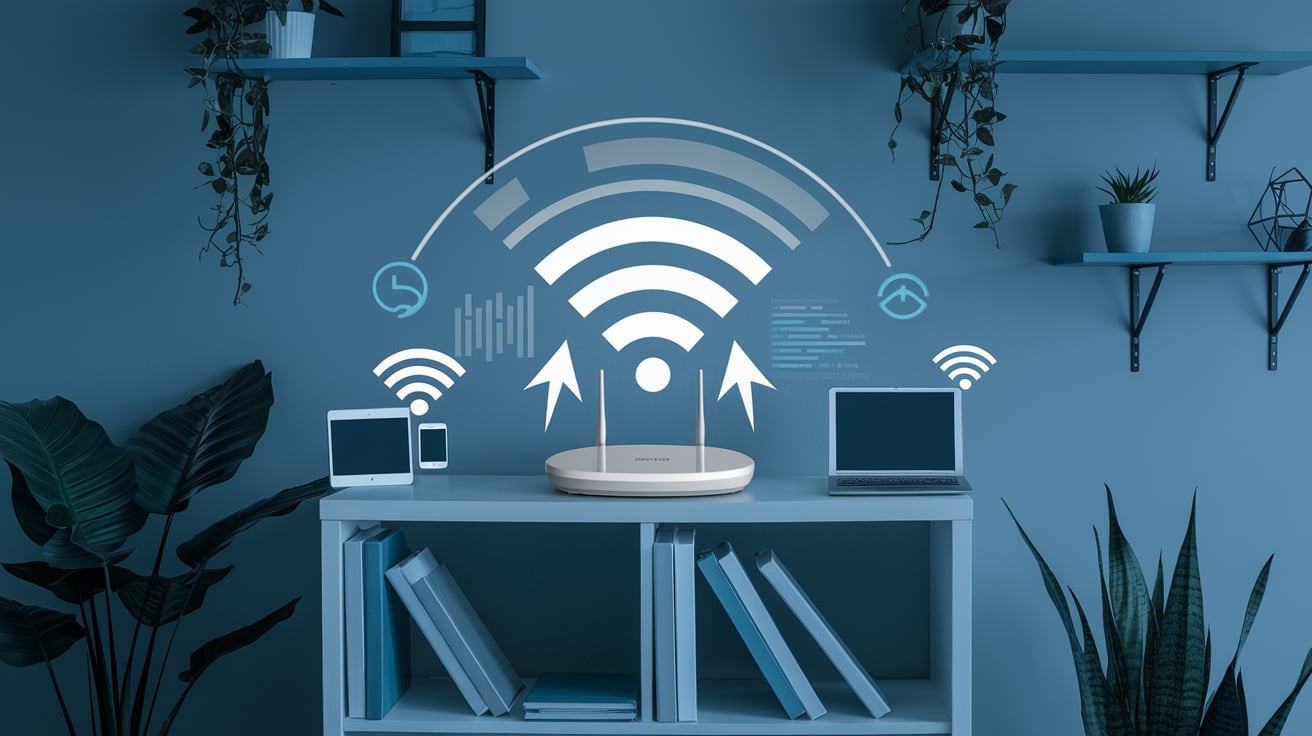ARE WE READY TO REPLACE WI-FI WITH LI-FI?
Li-Fi stands for light fidelity and is a new advancement in the world of INTERNET. Almost all the homes these days have broadband connections and everyone has experienced low-speed Wi-Fi.

Are We Ready to Replace Wi-Fi with Li-Fi?
As we continue to rely on the internet for almost every aspect of our lives, new technologies like Li-Fi are emerging, promising faster and more secure wireless communication. But are we ready to replace our beloved Wi-Fi with this new technology? Let's dive into the details of what Li-Fi is, its advantages, limitations, and whether it can realistically replace Wi-Fi.
What is Li-Fi?
Li-Fi, or Light Fidelity, is a wireless communication technology that uses light to transmit data. It leverages the visible light spectrum, specifically LED lights, to send information at incredibly high speeds. This is achieved by modulating the light signals emitted by LEDs, which are then received by photodetectors and converted back into data.
Advantages of Li-Fi
Speed
Li-Fi can theoretically achieve speeds up to 224 Gbps, significantly faster than traditional Wi-Fi. This speed is due to the larger bandwidth available in the visible light spectrum compared to the radio frequencies used by Wi-Fi.
Security
Since light cannot penetrate through walls, Li-Fi offers a more secure connection, making it difficult for unauthorized users to access the network without being in the same room.
Reduced Interference
Li-Fi does not interfere with radio frequency signals, making it ideal for environments like hospitals and airplanes where RF interference can be problematic.
Energy Efficiency
LED lights are already energy-efficient, and using them for data transmission adds another layer of efficiency, potentially reducing overall power consumption.
Limitations of Li-Fi
Line-of-Sight Requirement
Li-Fi requires a direct line of sight between the transmitter (light source) and the receiver (photodetector). This means it can't work through walls, making it less practical for entire home or office coverage.
Limited Range
The range of Li-Fi is limited to the area illuminated by the light source. Moving out of the light’s reach means losing the connection.
Dependency on Light
Since Li-Fi relies on visible light, it cannot function in complete darkness. This can be a significant limitation for nighttime use or in areas where lighting needs to be minimized.
Infrastructure Changes
Implementing Li-Fi requires significant changes in infrastructure, such as installing LED light sources and compatible photodetectors, which can be costly and time-consuming.
Complementary Use with Wi-Fi
Given the advantages and limitations, Li-Fi is not currently positioned to replace Wi-Fi entirely. Instead, it can serve as a complementary technology. For instance, Li-Fi can be used in high-security environments, for data-heavy applications requiring high-speed transfer, or in places where RF interference is a concern. Wi-Fi, on the other hand, will continue to provide broader coverage and mobility.
Conclusion
Li-Fi presents an exciting advancement in wireless communication technology with its high-speed and secure data transmission capabilities. However, due to its limitations, it is not yet ready to replace Wi-Fi. Instead, the two technologies can coexist, each serving different purposes and complementing each other’s strengths and weaknesses. As technology evolves, we may see more integrated solutions that leverage the best of both worlds.




